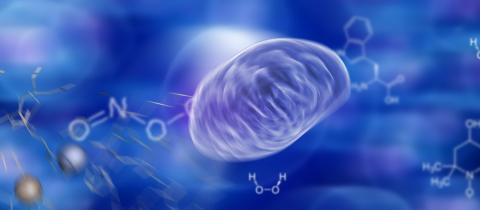
Editor’s Page
Welcome to the Cepid Redoxoma Newsletter!
Science is all about communicating Science. From a single discovery to an ellaborated theory, nothing exists unless it is effectively communicated and published. But this is not enough, particularly considering the explosive amount of information one is exposed nowadays. Discoveries and theories have to be actively and widely disseminated. Moreover, communication is the only means for cross-fertilization and collaboration, the hallmarks of high-impact modern Science. The main purpose of our CEPID-Redoxoma is to build a network that allows interaction and synergism.
Effective communication, thus, is at the heart of our aims as a group and, at the same time, is important to expose our work to the external scientific community and to other segments of society, particularly those connected with technology and innovation. This Newsletter aims to be an instrument contributing to the exchange of information and dissemination of our activities and achievements.
The main feature of our Newsletter is its flexible structure, allowing to accommodate distinct types of contributions, which we are ready to implement over time. We will have invited comments from experts, summary from articles published by Redoxoma members, comments on other articles, clipping News and an agenda for events and opportunities (such as available PhD or post-doctoral trainings). The “Radical-free corner” is a site for open discussion on burnig issues of Science. We will also feature Education and Innovation pages in future issues. We highly wellcome comments from all colleagues and students on essentially any topic related to Redoxoma activities.
We wish this Newsletter will help enhancing our interaction as a group and our overall visibility. You are more than wellcome to be part of it!
Francisco RM Laurindo
Editor, Redoxoma Newsletter
Instituto do Coração,
Faculdade de Medicina da Universidade de São Paulo